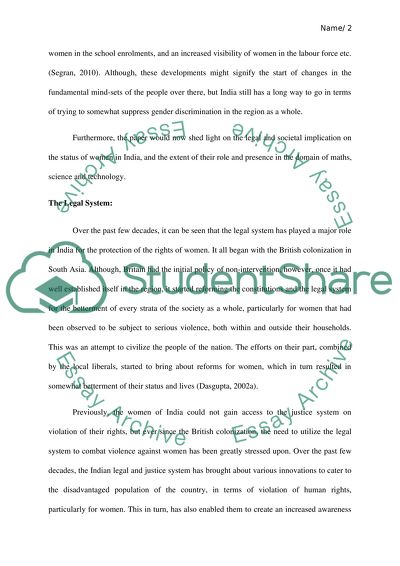Cite this document
(“Progress women achieved in field of Math, Science and Engineering Essay”, n.d.)
Retrieved from https://studentshare.org/gender-sexual-studies/1397060-progress-women-achieved-in-field-of-math-science
Retrieved from https://studentshare.org/gender-sexual-studies/1397060-progress-women-achieved-in-field-of-math-science
(Progress Women Achieved in Field of Math, Science and Engineering Essay)
https://studentshare.org/gender-sexual-studies/1397060-progress-women-achieved-in-field-of-math-science.
https://studentshare.org/gender-sexual-studies/1397060-progress-women-achieved-in-field-of-math-science.
“Progress Women Achieved in Field of Math, Science and Engineering Essay”, n.d. https://studentshare.org/gender-sexual-studies/1397060-progress-women-achieved-in-field-of-math-science.


